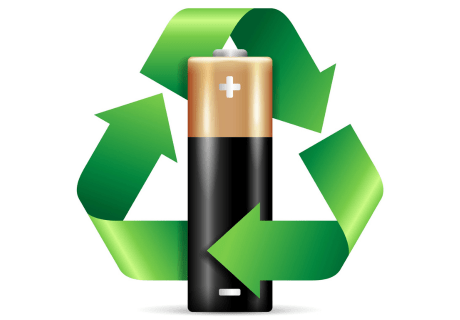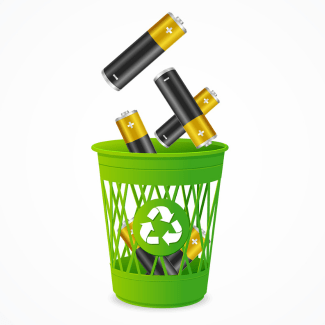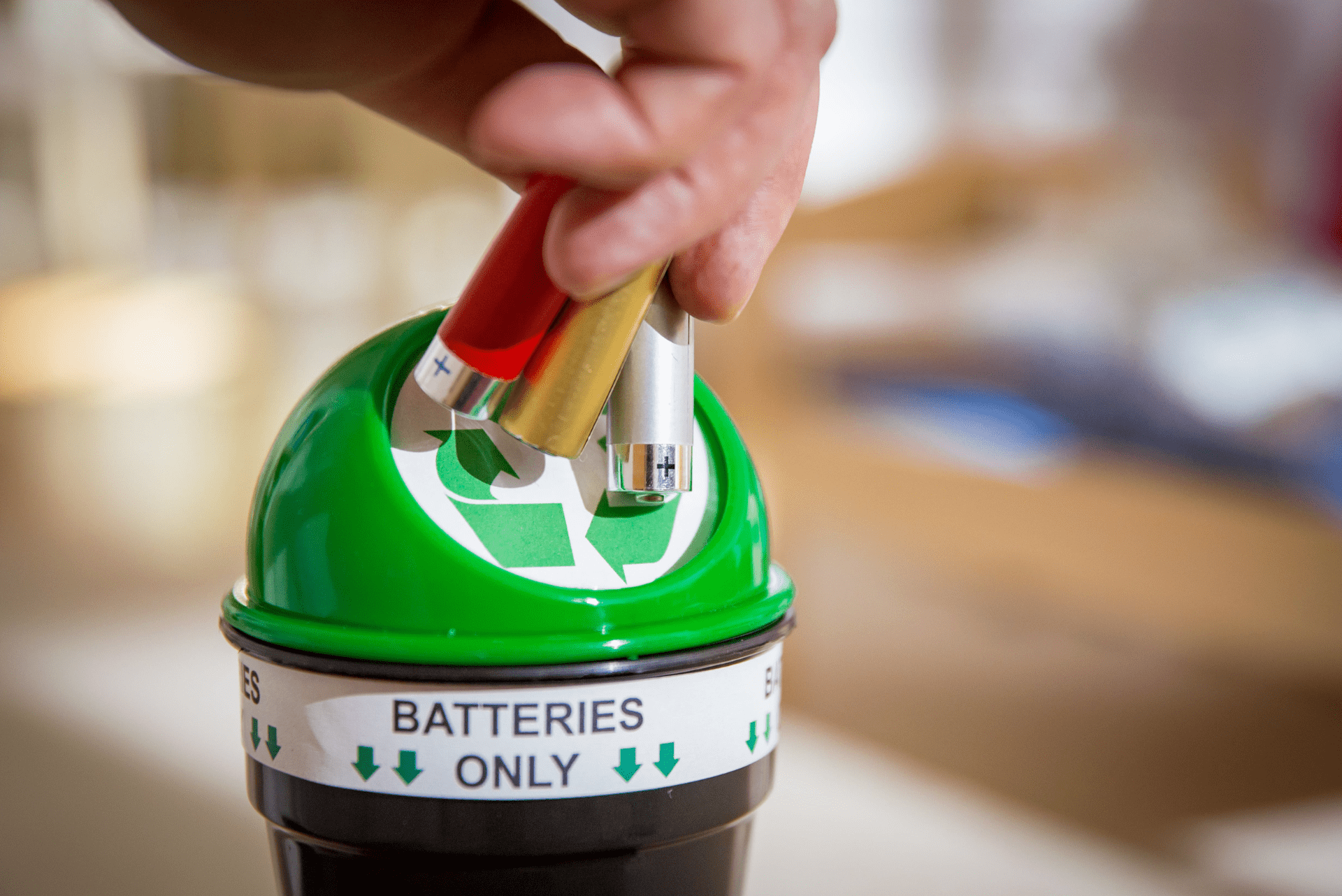How to Recycle Batteries
In today’s world, where technological advancements have become an integral part of our daily lives, the use of batteries is ubiquitous. From powering our smartphones to running electric vehicles, batteries play a crucial role. However, the disposal of batteries poses a significant environmental threat due to the presence of toxic materials like lead, cadmium, and mercury. To mitigate these risks and promote sustainability, recycling batteries has become imperative. In this comprehensive guide, we’ll delve into the process of how to recycle batteries while addressing common queries such as, how are batteries recycled and can you recycle batteries.
Can You Recycle Batteries: Addressing Common Concerns
Yes! Most batteries are recyclable. Many people wonder if they can recycle batteries and how to do it properly. Here are some common concerns addressed:
- Single-Use Batteries: While many recycling centers accept rechargeable batteries, not all accept single-use alkaline batteries. However, some programs do offer recycling options for alkaline batteries, so it’s worth checking with local authorities or retailers.
- Safety Precautions: When recycling batteries at home, it’s essential to observe safety precautions to prevent accidents or exposure to hazardous materials. Avoid puncturing or damaging batteries, and store them in a cool, dry place until disposal.
The Importance of Battery Recycling
Before delving into the recycling process, it’s essential to grasp why recycling batteries is crucial. Batteries contain various hazardous materials that can leak into the soil and water, posing serious health risks to humans and wildlife. By recycling batteries, we can prevent these toxic substances from polluting the environment and conserve valuable resources like metals and minerals.

How to Recycle Batteries: Step-by-Step Guide
- Collection: The first step in recycling batteries is proper collection. Many all-purpose recycling centers, electronic retailers, and even some municipal waste programs accept batteries for recycling. Look for designated collection points in your area, and always separate rechargeable batteries from single-use ones.
- Sorting: Once collected, batteries undergo sorting to segregate them based on their chemistry. Common types of batteries include alkaline, lithium-ion, nickel-cadmium, and lead-acid. Each type requires specific recycling methods to extract valuable materials effectively.
- Transportation: After sorting, batteries are transported to specialized recycling facilities equipped to handle different battery chemistries safely. Proper transportation ensures that batteries reach the recycling facility without causing any leaks or spills.
- Breaking Down: At the recycling facility, batteries are broken down into their constituent parts through mechanical shredding or crushing. This process helps separate the outer casing from the internal components, including metals, plastics, and electrolytes.
- Chemical Treatment: Depending on the battery type, various chemical treatments are employed to extract valuable materials like lithium, cobalt, nickel, and lead. These materials are then purified and prepared for reuse in the manufacturing of new batteries or other products.
- Resource Recovery: Through advanced recycling technologies, nearly all components of batteries can be recovered and reused. Metals like lithium, cobalt, and nickel are particularly valuable and can significantly reduce the need for mining raw materials.
- Environmental Safeguards: Throughout the recycling process, strict environmental safeguards are implemented to minimize pollution and ensure worker safety. Proper handling of hazardous materials prevents contamination of air, soil, and water, safeguarding both human health and the environment.
How Are Batteries Recycled: Exploring the Process
Understanding how batteries are recycled sheds light on the intricate procedures involved in environmental conservation. Batteries go through a series of steps to extract valuable materials and minimize environmental impact.
- Battery Sorting: As mentioned earlier, batteries are sorted based on their chemistry to facilitate efficient recycling. This initial step ensures that each battery type receives appropriate treatment tailored to its composition.

- Material Extraction: Once sorted, batteries undergo mechanical or chemical processes to extract valuable materials like metals and plastics. For example, lithium-ion batteries are shredded to separate the cathode, anode, and electrolyte, which are then processed individually.
- Purification: Extracted materials undergo purification to remove impurities and contaminants. This step is crucial for maintaining the quality of recycled materials, ensuring they meet industry standards for reuse.
- Reprocessing: Purified materials are reprocessed into raw materials suitable for manufacturing new batteries or other products. Recycling facilities employ advanced technologies to transform recovered materials into high-quality inputs for various industries.
Recycling batteries is not only an effective way to reduce environmental pollution but also a means of conserving valuable resources. By following the steps outlined in this guide and understanding the intricacies of battery recycling, individuals can contribute to a more sustainable future. Remember, proper battery disposal is not just a responsibility; it’s a collective effort towards protecting our planet for generations to come. So, the next time you’re wondering how to recycle batteries, remember the simple yet impactful actions you can take to make a difference.
Next Article: Coming Soon! Home >

